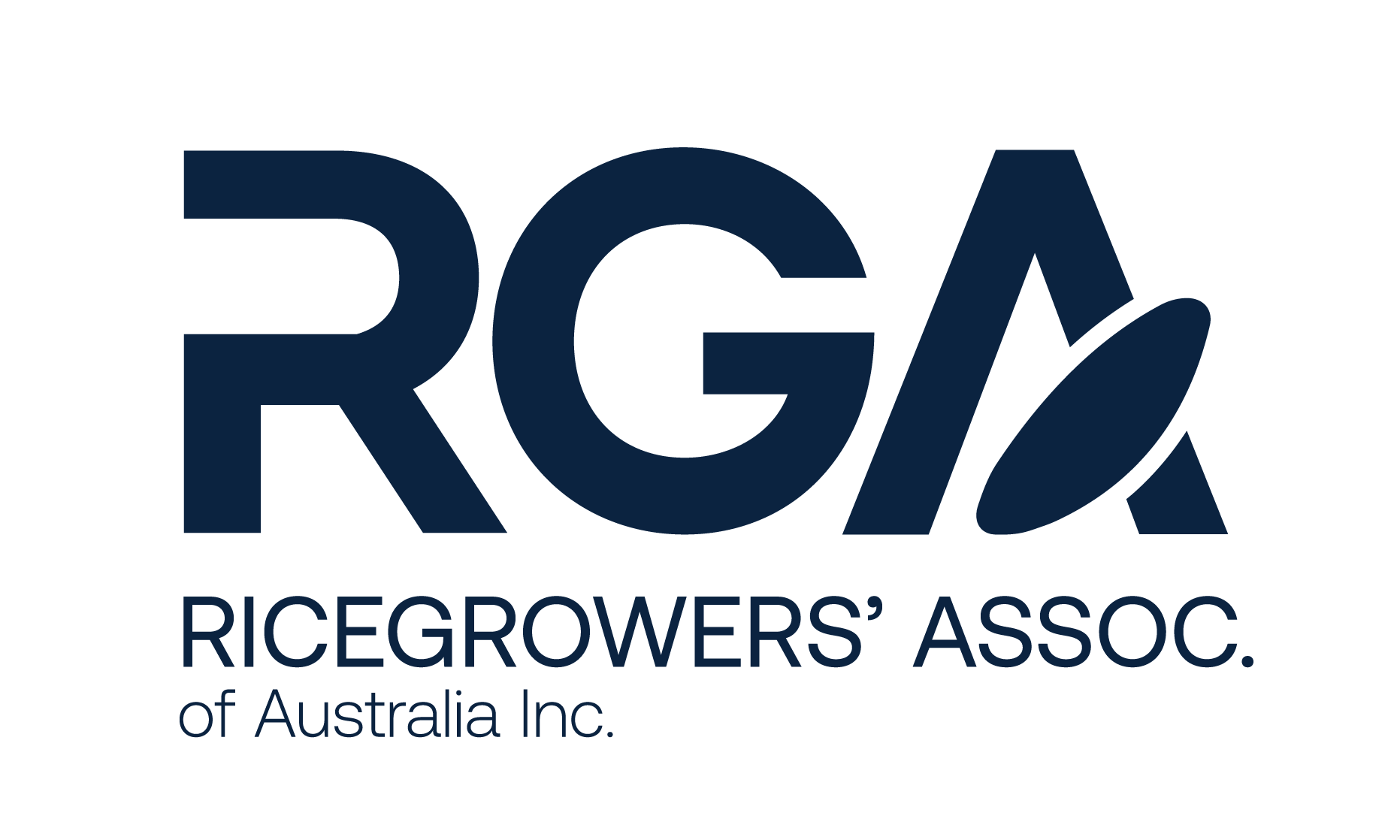The RGA is a proud Landcare NSW host organisation
VISION // The RGA Landcare promotes the integration of environmental thinking into everyday farm management and decision-making, longer-term farm strategic planning, and the management of all non-farm aspects of the industry.
MISSION // RGA Landcare utilises available resources to deliver sustainable financial, agronomic and natural resource management information covering the whole farming system to regional farmers.
The RGA & Landcare // A New Program & Caring for our Threatened Species
By Janet Manzin, Local Landcare Coordinator
Landcare activities connect wetland management (including rice fields), soil health, vegetation and natural and productive habitats. Many Landcare projects support farm productivity improvement while providing improved environmental outcomes.
The RGA has been partnering with Landcare for over two decades. It was a partnership linking the Environmental Champions Program with Landcare in the early years. Since 2016, the RGA has hosted a Local Landcare Coordinator in the RGA Deniliquin office.
Earlier this year the RGA received the wonderful news that RGA Landcare has been successful in being awarded funding for the Landcare Enabling Program 2023-2027. This program is a collaboration between Local Land Services and Landcare NSW and is supported by the NSW Government. It will allow for the continuation and expansion of the work that is being done in the Murray Valley with an additional part-time Local Landcare Coordinator based in the eastern Murray Valley. In June, we welcomed Felicity Liphuyzen to our Landcare family. You can get to know Felicity in the Q&A in this magazine.
Reflecting on the work and events of the past 12 months, it seems as though it should have been named the Year of the Threatened Species.
There were several reports from rice growers of a population explosion of the endangered Southern Bell Frog in the Murray Valley and Coleambally irrigation areas. For some growers, this is the first time they have had these frogs breeding in their rice crops. The Southern Bell Frog is one of the largest frog species and can grow up to 100mm in length. They are distinguished by their bright emerald and olive green colouring with spots running down their back.
Their call is a series of grunts followed by a growling much like a dirtbike revving. Rice crops provide the perfect habitat for the Southern Bell Frog due to their ephemeral nature and abundance of smaller frog species and other invertebrates that they can feed on. Ironically, they also form part of the diet of another threatened species - the Australasian Bittern. Southern Bell Frogs are most active at night so keep an ear or eye out for them this year on your rice banks and farm tracks.
The Deniliquin Kolety Lagoons Landcare Group has been achieving amazing results in their Threatened Species Program this year, not just in the release of threatened fish species but also in the protection and rehabilitation of vital habitat along the banks of the Edward River.
With funding from the NSW Department of Primary Industries, Edward Kolety Fishing Challenge and Edward Wakool Angling Association, the group has been able to
release the following species into the Deniliquin lagoons, Edward River, Wakool River, Koondrook Perricoota Forest and the Barham, Finley and Moulamein lakes;
- Eel-tailed Catfish
- Purple Spotted Gudgens
- Olive Perchlets
- Golden Perch and
- Murray Cod as part of the Group’s Adopt a Cod sponsorship program.
A marvellous achievement for everyone involved.

